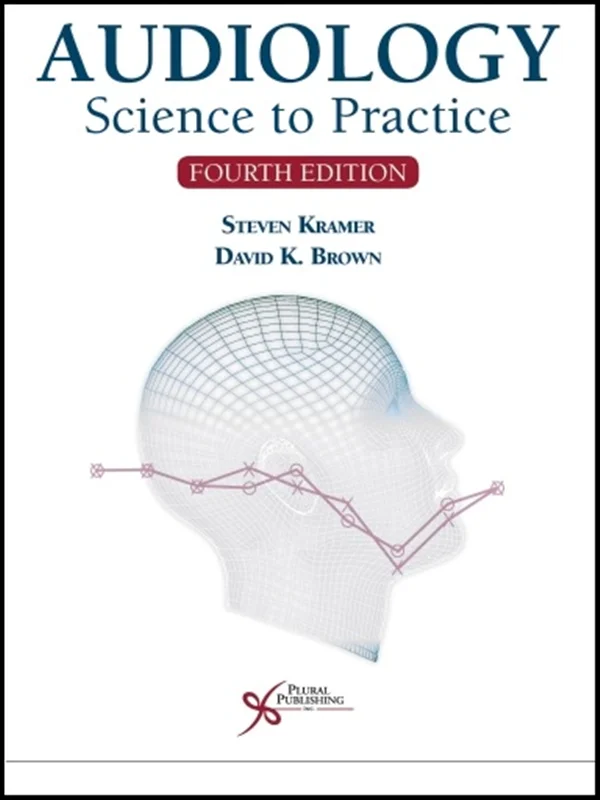With two new chapters, improved artwork, and significant updates made throughout to increase readability, the fourth edition of Audiology: Science to Practice continues to be the most comprehensive textbook for audiology and hearing science courses, as well as for health care professionals wanting a better understanding of hearing science and audiology practices. It is written in a style that makes new or difficult concepts relatively easy to understand, while still providing more coverage of hearing and vestibular science and clinical audiology than other introductory texts.
Topics include information about the profession of audiology, acoustics, anatomy and physiology of the auditory and vestibular systems, preparing for the patient, otoscopy, pure-tone audiometry and speech measures, audiogram interpretations, masking, tympanometry, acoustic reflexes, wideband acoustic immittance, otoacoustic emissions, auditory brainstem responses, hearing screening, hearing aids, assistive listening aides, cochlear and other implantable devices, vestibular evaluation, descriptions of auditory and vestibular disorders, and aural rehabilitation. There is also a chapter on the roles of speech-language pathologists related to understanding and caring for persons with hearing and balance concerns. Where relevant, the material includes evidence-based practice.
New to the Fourth Edition
- Two new chapters: Role of the Speech-Language Pathologist and Other Treatments and (Re)habilitation of Hearing and Balance Disorders
- Many new beautifully drawn two-color anatomy and physiology illustrations
- Black and white figures have been color-enhanced
- Several chapters were reorganized and updated to include vestibular anatomy, physiology, and vestibular disorders within the relevant auditory chapters
- A separate chapter on vestibular evaluation and bedside screening
- Many chapters expanded to provide information on environmental factors that affect the transmission of sound, signal-to-noise ratio, preparation for testing, cerumen management, assistive listening technology systems (HATS), and status of over-the-counter hearing aids
- Updated references and standards throughout
Key Features
- Many illustrations than other texts to help clarify and expand on key concepts
- Chapters begin with a list of learning objectives and end with key references
- Punctuated with historical and informational side boxes
- An easy-to-read writing style to help students understand scientific concepts
- Key terms highlighted throughout with a comprehensive end-of-book glossary

